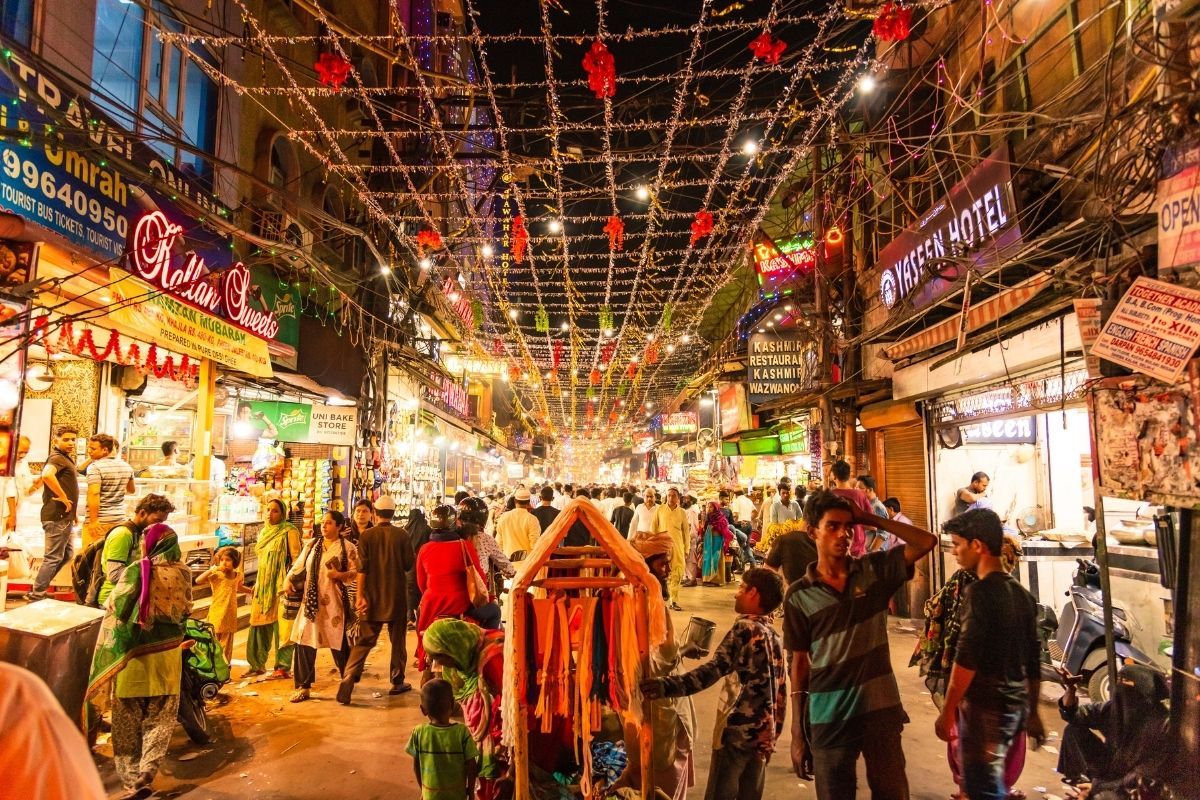Latest Blogs
Must Do Walking Tours in India
Feb 17, 2025Must Try Street Foods in India
Dec 20, 2024India: A Birdwatcher's Paradise
Nov 12, 2024Explore Top Blog Categories
-
Travel
(118) -
Golden Triangle
(1) -
Travel Stories
(9) -
Travel Tips
(10) -
Offbeat
(1) -
Festivals
(9) -
Wildlife
(7) -
Foodie travel
(4) -
First-time traveller
(5) -
Adventure
(1)







